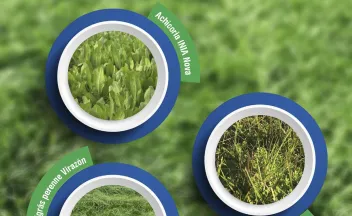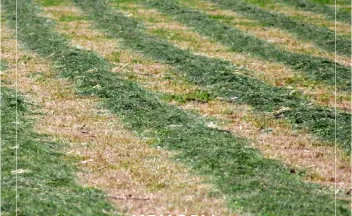Achicoria INIA Nova : excelente opción forrajera para praderas cortas de alto potencial.

Este artículo se focaliza en las características y usos recomendados del cultivar de achicoria INIA Nova. Su ciclo, productividad, valor nutritivo, persistencia y posibilidad de cultivo en mezclas le confieren la capacidad de aportar a una variedad de sistemas y esquemas de producción


